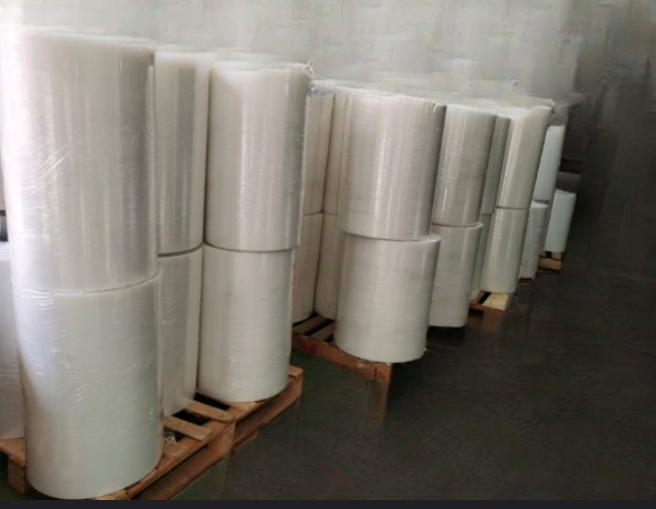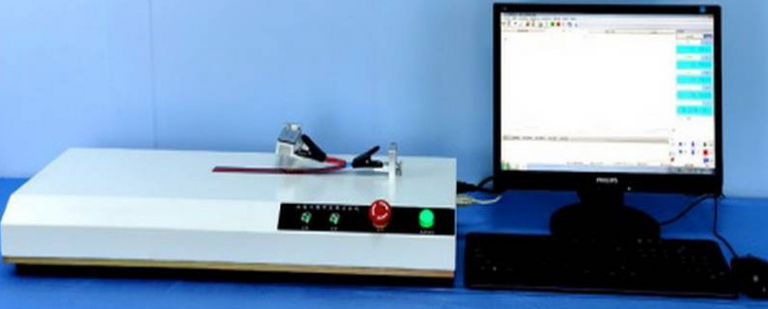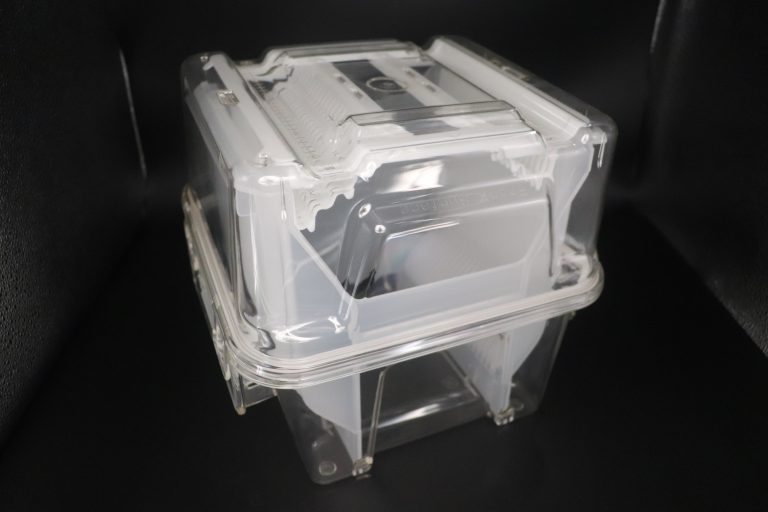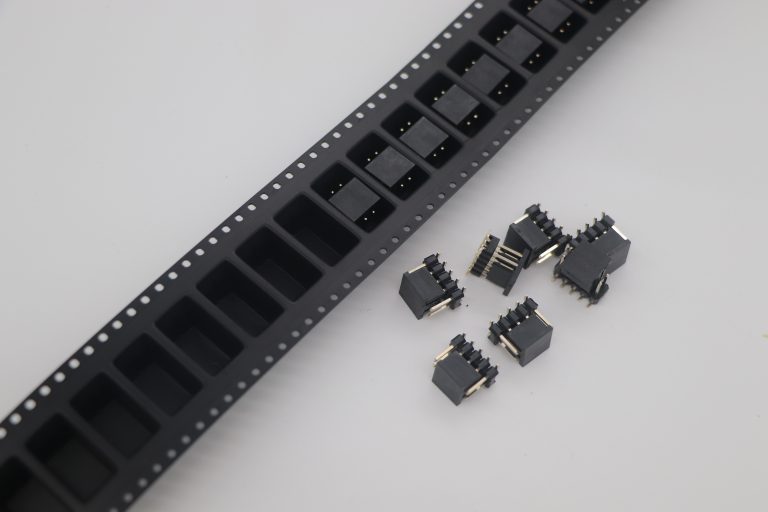Contact Your NewwaySMTC Representative Now! [email protected]
PCB circuit board lead-through holes must be plugged, in the end what is the learning?
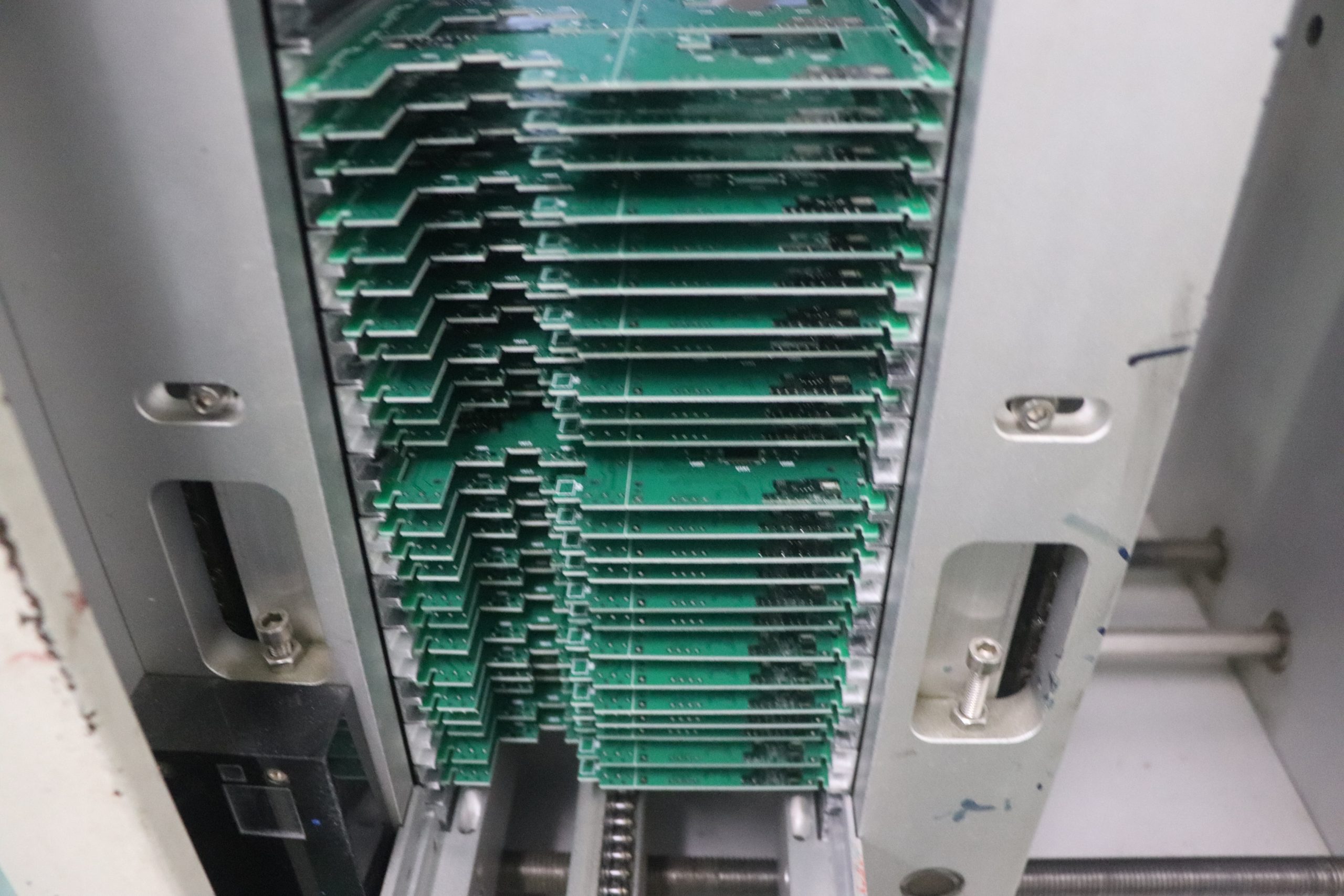
With electronic products to “light, thin, short, small” direction, PCB also to high density, high difficulty development, so there are a large number of SMT, BGA PCB, and customers in the placement of components required to plug hole, in the end what is the use of it?
Conductive hole Via hole, in order to meet customer requirements, circuit board conductive hole must be plug hole, after a lot of practice, change the traditional aluminum plug hole process, with a white network to complete the circuit board board surface solder and plug hole. The production is stable and the quality is reliable.
The realization of conductive hole plugging process
For the surface mount board, especially BGA and IC placement on the conductive hole plug hole requirements must be flat, convex and concave plus or minus 1mil, shall not have the edge of the conductive hole red on tin; conductive hole hidden tin beads, in order to achieve customer requirements, conductive hole plug hole process can be described as varied, the process flow is particularly long, the process control is difficult, from time to time there is in the hot air leveling and green oil resistance solder experiment when the oil is dropped; curing after the explosion of oil and other problems occur . Now according to the actual conditions of production, the PCB plug hole process to summarize the process and the advantages and disadvantages of making some comparisons and elaboration.
Note: The working principle of hot air leveling is the use of hot air to remove excess solder from the surface of the printed circuit board and holes, the remaining solder evenly over the pads and non-resistant solder lines and surface packaging points, is one of the ways of printed circuit board surface treatment.
Hot air leveling after hole plugging process
This process flow is: board resist → HAL → hole plugging → curing. Non-hole plugging process is used for production. After hot air leveling, aluminum sheet stencil or ink blocking mesh is used to complete all the through-hole plugging required by customers. The plugging ink can be photographic ink or thermosetting ink, under the condition of ensuring the same color of the wet film, the plugging ink is better to use the same ink as the board surface. This process can ensure that the oil does not fall out of the guide hole after hot air leveling, but it is easy to cause the hole plugging ink to pollute the board surface and unevenness. The customer is easy to cause false soldering (especially in BGA) when mounting. So many customers do not accept this method.
Plugging process before hot air leveling
2.1 Plugging holes with aluminum sheet, curing, grinding the board after the transfer of graphics
This process with CNC drilling machine, drilling out the aluminum sheet to be plugged, made of stencil, plugging holes to ensure that the guide hole plugging hole full, plugging ink plugging ink, also available thermosetting ink, its characteristics must be hard, resin shrinkage change is small, and the hole wall bonding force is good. Process flow for: pretreatment → plug hole → grinding board → graphics transfer → etching → board surface resistance welding
With this method can ensure that the guide hole plug hole flat, hot air leveling will not have burst oil, hole side oil and other quality problems, but this process requires a one-time thickening of copper, so that the hole wall copper thickness to meet customer standards, so the whole board copper plating requirements are very high, and the performance of the grinding machine also has high requirements to ensure that the copper surface of the resin and so thoroughly removed, the copper surface clean, not contaminated. Many PCB factories do not have a one-time thickening copper process, as well as the performance of the equipment does not meet the requirements, resulting in the use of this process in PCB factories not much.
2.2 with aluminum plug holes after direct screen printing board surface solder resist
This process with CNC drilling machine, drilling out the aluminum sheet shall be plugged, made of screen, installed in the screen printing machine for plugging holes, after completing the plugging of the hole shall not be parked more than 30 minutes, with 36T screen direct screen printing board surface solder, the process flow is: pre-treatment – plugging holes – – screen printing – pre-drying – screen printing -Screen printing – pre-drying – exposure a development – curing
With this process can ensure that the guide hole cover oil good, plug hole flat, wet film color consistency, hot air leveling to ensure that the guide hole on the tin, hole does not hide tin beads, but easy to cause the curing of the hole ink on the pad, resulting in poor solderability; hot air leveling after the edge of the guide hole blistering off oil, using this process method of production control is more difficult, process engineers must use special processes and parameters to ensure the quality of plug hole.
2.3 Aluminum plug hole, development, pre-curing, grinding board after the board surface resistance welding
Using a CNC drilling machine, drilling out the aluminum sheet required to plug holes, made of screen, installed in the shift screen printing machine for plugging holes, plugging holes must be full, both sides protrude for the better, and then after curing, grinding plate for plate surface treatment, the process is: pre-treatment – plug holes a pre-drying – – pre-curing – pre-curing -Development – pre-curing – board surface resistance welding
As this process using plug hole curing can ensure that HAL after the hole does not drop oil, oil explosion, but after HAL, over the hole hidden tin beads and guide hole on the tin is difficult to completely solve, so many customers do not receive.
2.4 Board surface solder blocking and hole plugging completed at the same time
This method uses a 36T (43T) screen, installed on the screen printing machine, using a pad or nail bed, the completion of the board at the same time, all the pilot hole plugging, the process flow is: pre-treatment – screen printing – pre-drying – exposure – development – curing.
This process is short, high utilization rate of the equipment, can ensure that the hot air leveling after the hole does not fall off the oil, guide hole on the tin, but due to the use of screen printing for hole plugging, there is a lot of air in the hole, in the curing, air expansion, breaking through the solder resist film, resulting in a hole, uneven, hot air leveling will have a small amount of guide hole hidden tin. At present, our company after a lot of experiments, choose different types of ink and viscosity, adjust the pressure of screen printing, etc., basically solve the hole and unevenness of the perforation, has adopted this process mass production.

